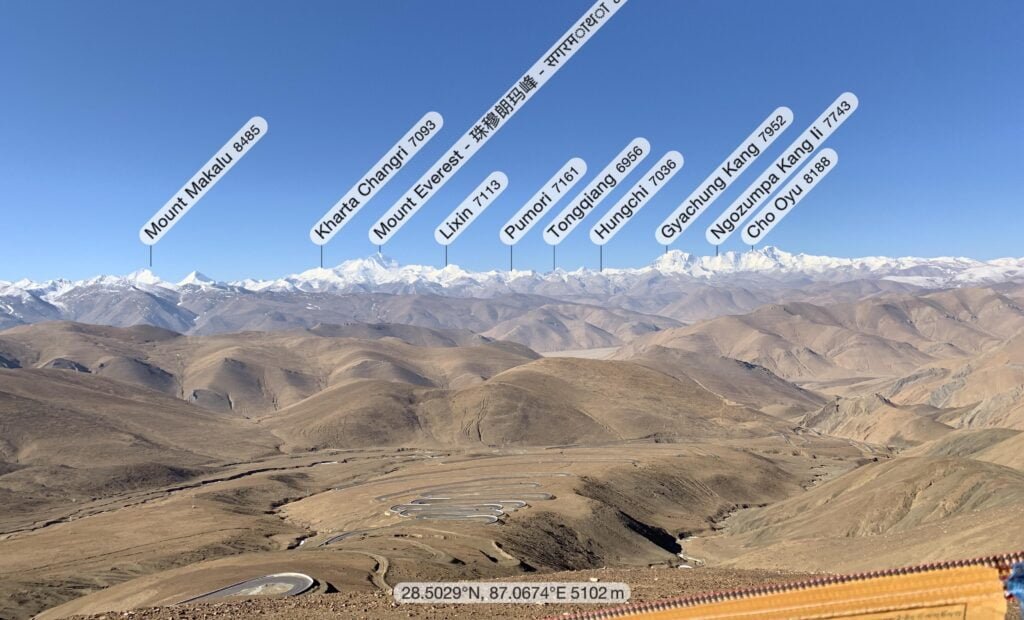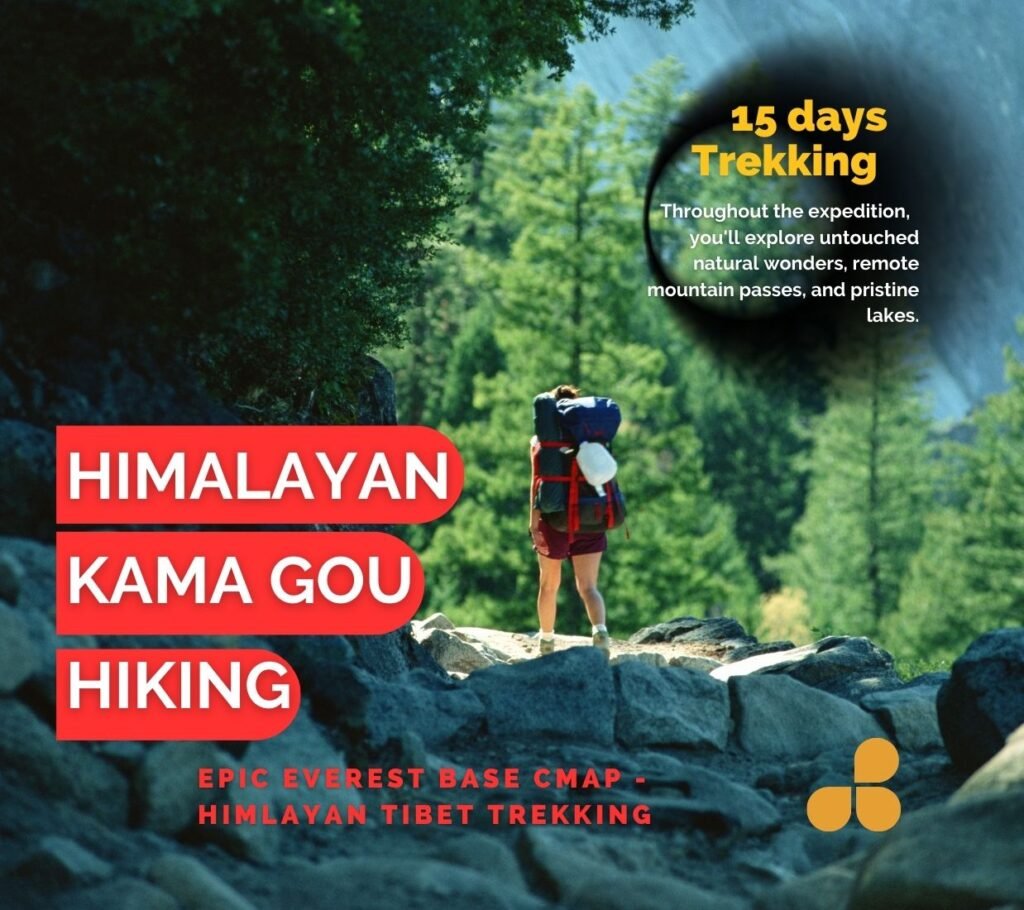Day 1 Arrival in Lhasa
Step off the plane and into a warm embrace from our team, ready to guide you into a realm of tranquillity. Slow down, breathe deep, and let go. We’ll whisk you away to your hotel, a sanctuary where you can sink into comfort and gently acclimatize to the highland air.
Lhasa, the ‘Sacred Land’, is a gem in the Tibetan crown and a treasure in the wanderer’s heart. Thanks to the Qinghai-Tibet Railway, this mystical city is now within your grasp. But remember, Lhasa’s true spirit isn’t in the hustle and bustle. Join us in uncovering its hidden wonders and serene soul.
Kind tips:
- Transportation: Our agency arranges pick-ups from trains and planes, with staff contacting you beforehand. Keep your mobile accessible. Foreigners and Taiwan compatriots need a tour guide upon station arrival.
- Hotel Transfer: The agency will pre-inform you about hotel pick-ups and transport you for rest. If not notified, contact the agency immediately.
- Acute Mountain Sickness (AMS): Upon Lhasa’s arrival, avoid strenuous activities and night showers. Don’t consume alcohol; drink water and eat fruits moderately. Rest well and consider Diamox or supplements like Rhodiola rosea for AMS. Follow staff instructions and limit activities. For any discomfort, seek immediate medical attention.
Day 2: Exploring the Holy Lhasa City
The Potala Palace, set in Lhasa, the capital of Tibet, is an awe-inspiring architectural marvel perched atop Red Hill. Historically significant, it was the winter home of the Dalai Lama, Tibet’s spiritual leader, for many centuries. Standing over 13,000 feet tall, its majestic stature commands respect and inspires awe.
Instructions for reserving tickets for the Potala Palace:
- Tickets for the Potala Palace require a reservation with a valid ID and cannot be rebooked within 7 days. Travel agencies aren’t responsible for entry issues. Visit times are randomly assigned and may differ from the itinerary. During peak season, visitation is limited, and tourists should follow the tour guide’s instructions for ticket purchases.
The following situations are normal arrangements:
- Groups may be split into smaller units, possibly separating members.
- Each smaller group could have different visit times/dates and tour guides.
- Sometimes, guides might not accompany tours due to special ticket rules.
- Child pricing doesn’t include Potala Palace tickets.
In Lhasa, dive into the world of traditional Tibetan crafts. Your guide will lead you to the heart of Tibetan culture, where the art of crafting rejuvenating Tibetan incense awaits. You won’t just observe; you’ll be hands-on, creating a scent far more meaningful than any store-bought fragrance. Plus, under the watchful eye of an expert, you’ll learn to carve your name in Tibetan script. These bespoke incense sticks and your unique inscription will become treasured keepsakes, tangible memories of your intimate journey through Tibetan culture.
Day 3: Lhasa – Yamdrok – Gyangtse – Shigatse Road Drive
- Yarlung Zangbo River Valley: Your day starts with a scenic drive along the Yarlung Zangbo River, offering a stunning aerial view of the gorge. This part of the river is known for its deep canyons and spectacular scenery. Continuing your journey, you’ll take Provincial Highway 307 towards the centre of the mountains. Here, you’ll be treated to aerial views of the valley, traditional villages, and the surrounding mountains. The landscape here is vast and magnificent, showcasing the natural beauty of Tibet.
- Yamdrok Yumtso Lake at Mount Gambala: Perhaps the highlight of your day, the Yamdrok Yutso Lake, viewed from Mount Gambala, is a sight to behold. Often described as “celestial droplets in the firmament,” the lake’s deep blue waters under the azure sky are a picture of tranquillity. The lake, surrounded by snow-capped mountains, vibrant peaks, Tibetan villages, and grazing livestock, presents a serene and invigorating experience.
- Karola Glacier: Your journey will then take you to the Karola Glacier, one of Tibet’s three major continental glaciers. Located near Nochin Kangsang Snow Mountain, the glacier extends from the mountaintop to the roadside.
- Shigatse: Your final destination for the day is Shigatse, the second-largest city in Tibet. Known for its rich history and cultural significance, Shigatse has been a major centre for Tibetan politics, religion, and culture. It is home to the Tashilhunpo Monastery, the traditional seat of the Panchen Lamas.

Day 4: Shigatse – Jiawula Pass – Mount Everest
Beautiful Border Road: Your journey takes you along a stunning border road offering views of magnificent snow-capped mountains including Kanchenjunga and Lhotse.
Mount Everest Base Camp
Mount Everest is 8,848 meters above sea level, the highest peak in the world, located on the border between China and Nepal in the middle of the Himalayas. The top of the peak is covered with snow all year round. The glacier hangs in the distance, the silver peak is towering, and the scenery is very strange and spectacular
Tingri Mount Everest Observation Deck:
The Mount Everest Viewing Platform can be found 22 kilometres from Mount Everest Road, in Tingri County, Shigatse. This is the sole route to the base camp of Mount Everest. The observation deck sits at an elevation of 5200 meters above sea level. From this vantage point, when gazing towards the south, one can behold the majestic Mount Everest and other towering peaks reaching heights of 8,000 meters.
Rongbuk Monastery:
Rongbuk Monastery is about 5,100 meters above sea level, with high and cold terrain and wonderful scenery. The new Everest Base Camp is nearby. Fortunately, you can also see Mount Everest’s clouds floating like the fire of life.
Accommodation Tips:
- Stay in tents at the Everest base camp (8-15 people per tent, bunk beds).
- From October to April, due to cold weather, accommodation shifts to nearby village homestays.
- Prepare for basic amenities, high altitude, and low temperatures. Renting a down jacket at base camp is recommended.
Day 5: Mount Everest – Shigatse
In the early hours, you need to be completely equipped. Prior to dawn, the temperature at the mountain pass can drop to subzero levels, and coupled with intense gusts, please make sure to get ready with suitable gear. Standing atop the world, gazing towards the sun and gazing up at Mount Everest, the summit remains snow-covered throughout the year, the glacier looms from afar, the glistening peak stands tall, a sacred spectacle, and the sight of Mount Everest during sunrise (the outcome of photography relies on the weather).
Kind tips: Whether you can see the sunrise of Mount Everest is restricted by the weather and the actual tour situation, please understand.
Gyatso La Mountain is the sole route to reach the world’s initial summit – Mount Everest. The mountain crossing sits at an elevation of 5252 meters above the ocean’s surface and stands as the utmost point on the China-Nepal Highway. It offers a panoramic sight of Cho Oyu, Lhotse, and Makalu.
Day 6: Shigatse (Tashilhunpo Monastery) – Lhasa
Tashilhunpo Monastery:
Tashilhunpo Monastery also referred to as “Fortunate Monastery”, is the largest monastery in the Shigatse region. It was established by the disciple of Tsongkhapa, First Dalai Gendun Drub in 1447. At its peak, Tashilhunpo Monastery had over 3,000 rooms, more than 5,000 monks, and over 50 subordinate temples. Since the fourth Panchen Lama, succeeding generations of Panchen Lamas have resided in this monastery.
Jokhang Temple Tickets:
- Book using real names through the “Jokhang Temple Reservation” WeChat mini-program.
- Individual reservations are required; group bookings are not available.
- Please note that the Jokhang Temple is primarily a religious site and not solely a tourist attraction. In the case of important religious activities or events that prevent the temple from opening for visits, we kindly ask for your understanding.
Barkhor Street:
You can utilize your leisure time to explore Barkhor Street, the circular path surrounding the outer wall of Jokhang Temple which is known as “Bakhor Street”. It serves as the traditional route for Tibetans to perform the prayer-turning ceremony and attracts devotees from all around the globe. The old streets and alleys are filled with locals dressed in vibrant national costumes and impoverished believers, all jostling on the same path.
Day 7: Leaving Lhasa
- Plan for a post-10 AM flight to accommodate the hour’s drive to the airport, wrapping up your enriching Tibetan journey.
This itinerary combines the natural majesty of the Himalayas with the rich cultural and spiritual heritage of Tibet. Every step of the way offers something unique, from the breathtaking views of Everest to the deeply spiritual atmosphere of the monasteries and temples. Enjoy your journey through this extraordinary landscape!
Included in the Tour Package:
- Accommodation: Basic double rooms; sharing for singles unless a single room is paid for.
- Meals: Breakfast and one special Tibetan meal in Lhasa included. Other meals are self-arranged.
- Tour Guide Service: Chinese and/or English-speaking guides.
- Attraction Tickets: Entry to major attractions as listed in the itinerary.
- Additional Services: One small oxygen bottle per person, daily mineral water, and emergency medical oxygen in the vehicle.
- Service Charges: For travel agency services and Potala Palace reservations.
Not Included in the Tour Package:
- Single Room Supplement: Extra charge for single room occupancy.
- Personal Expenses: Laundry, phone, fax, beverages, snacks, tobacco, alcohol.
- Unforeseen Costs: Additional charges for natural disasters, epidemics, flight issues, etc.
- Tips: Recommended 30 yuan per person per day for guides and drivers.
- Transportation to/from Tibet: Not included; separate booking charges through the agency.





